- Joined
- 21 January 2015
- Messages
- 12,147
- Reaction score
- 16,347
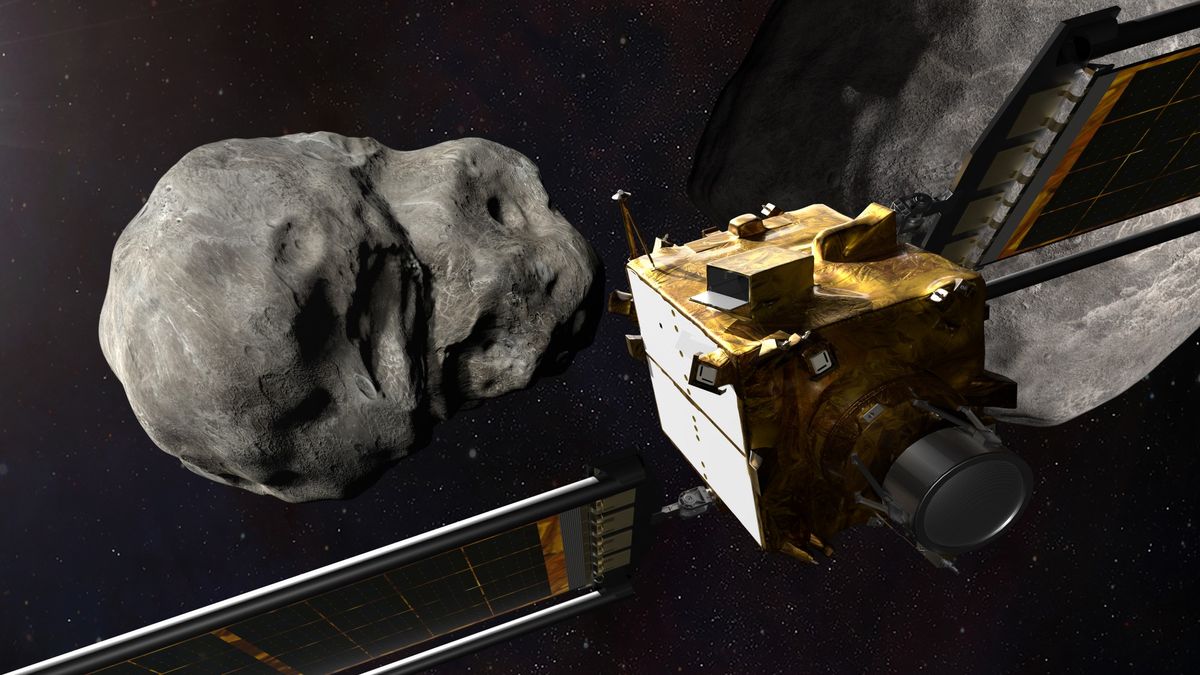
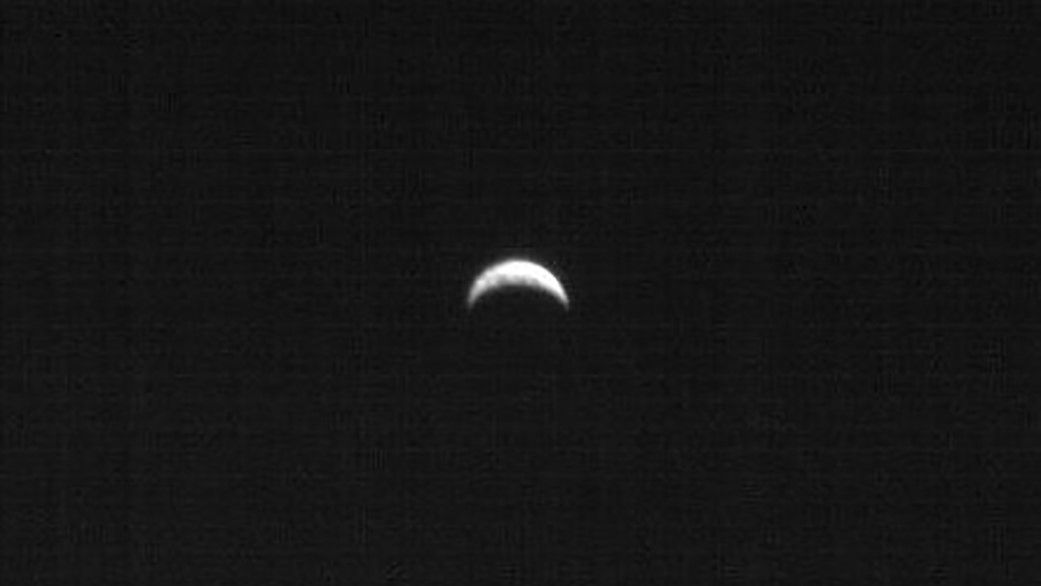
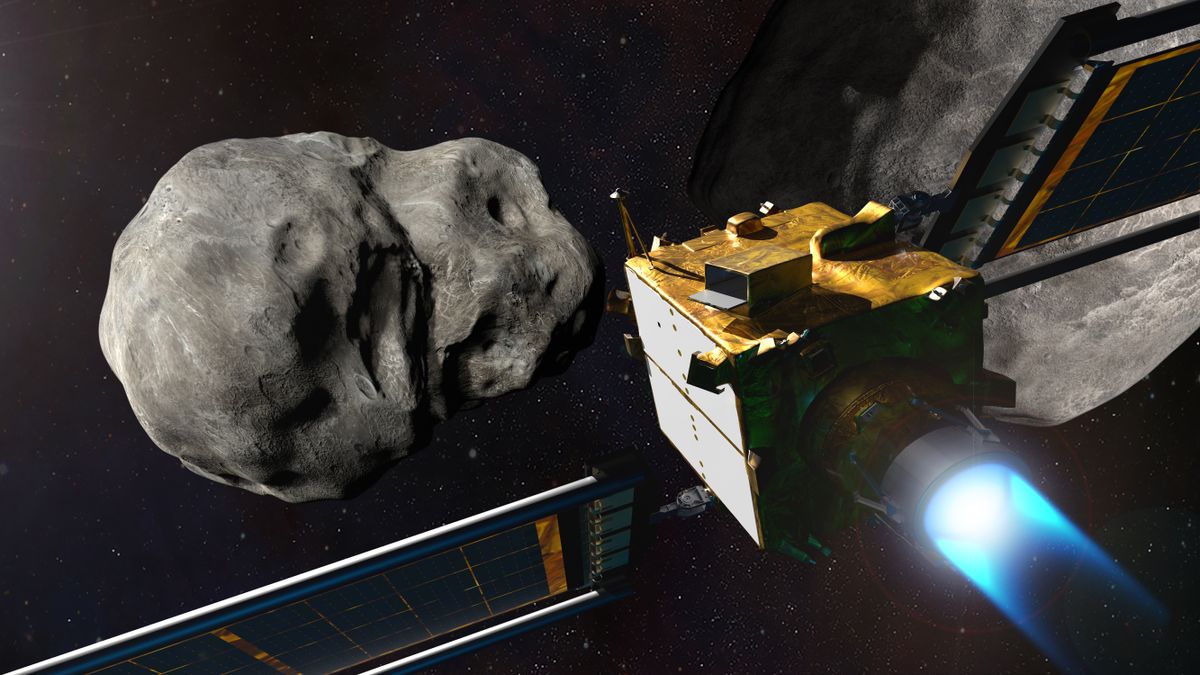
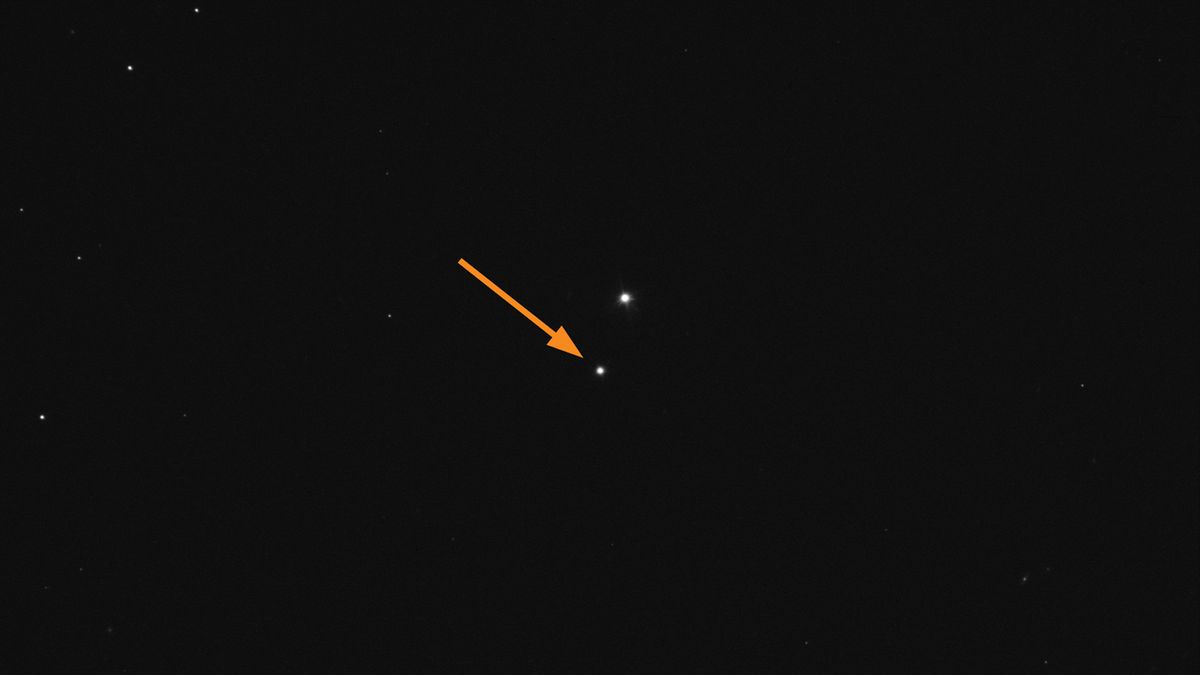
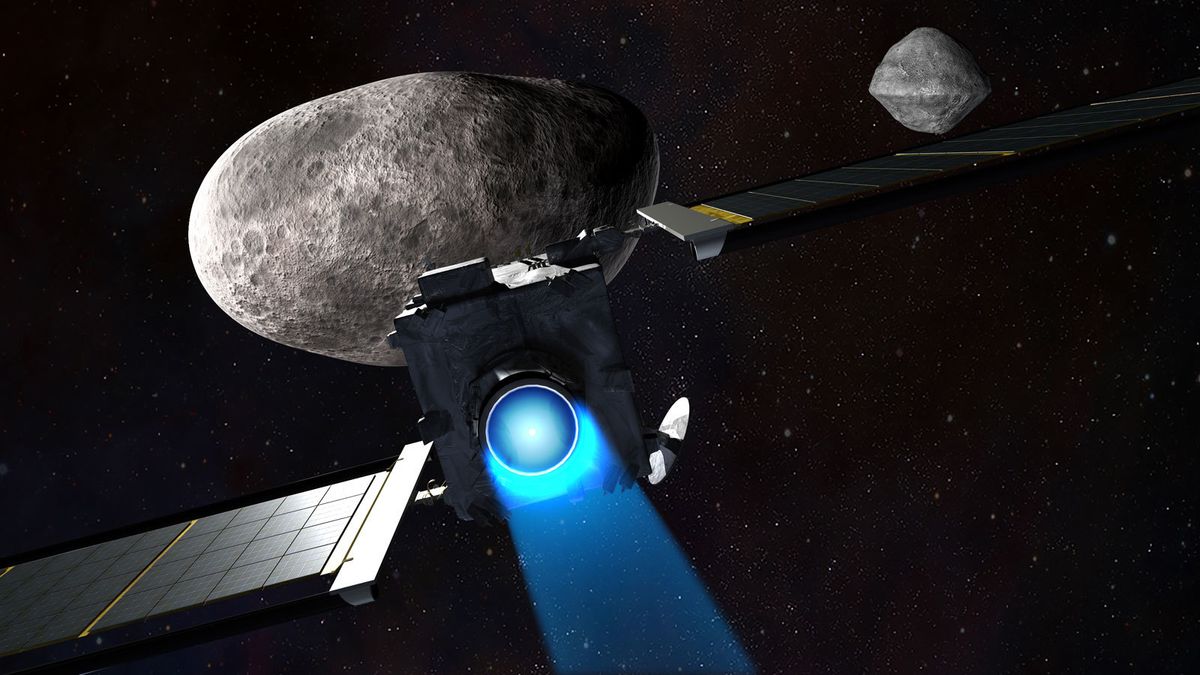
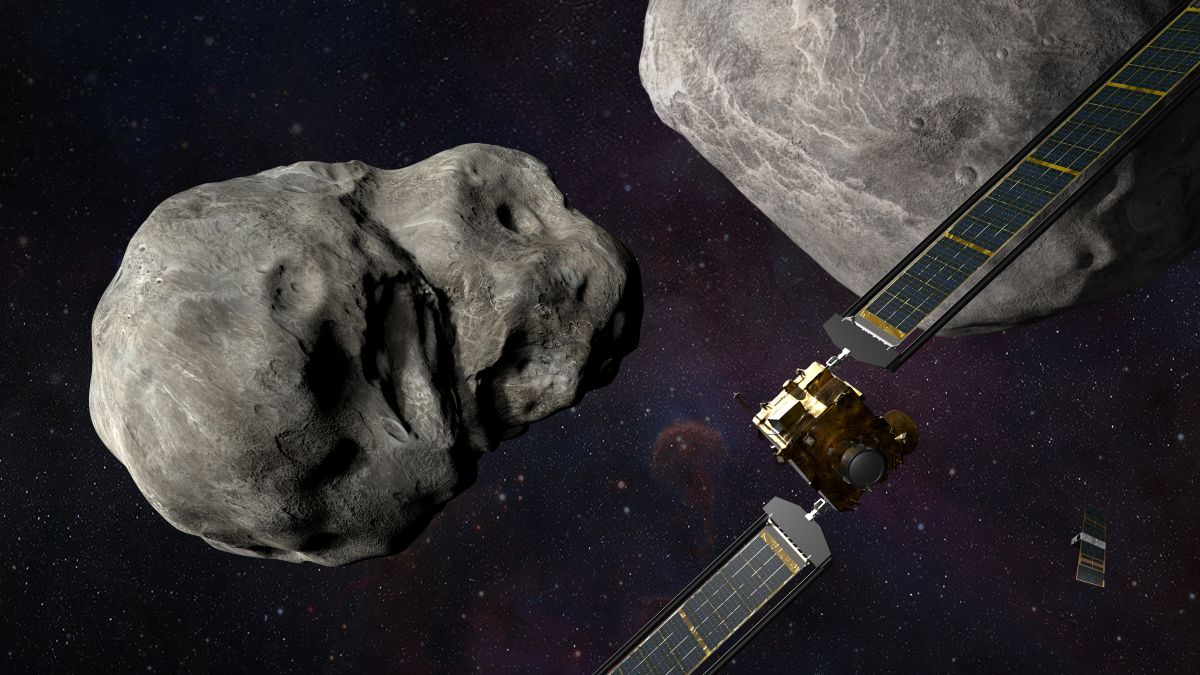
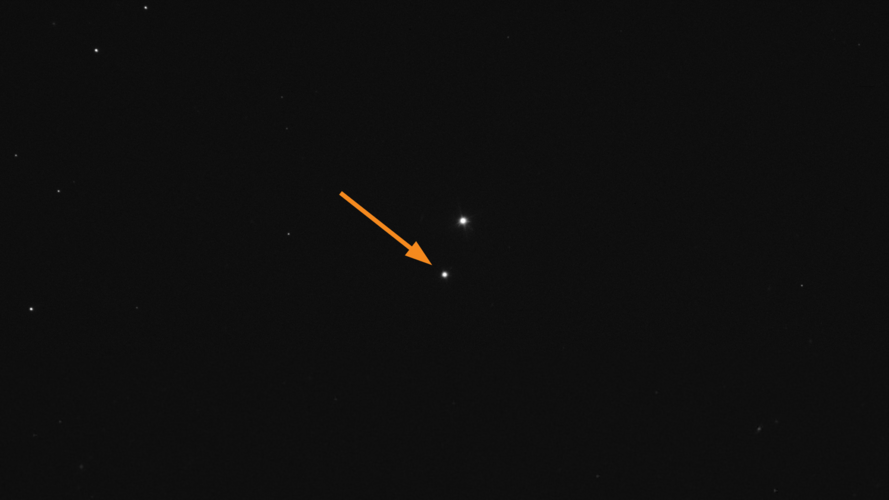

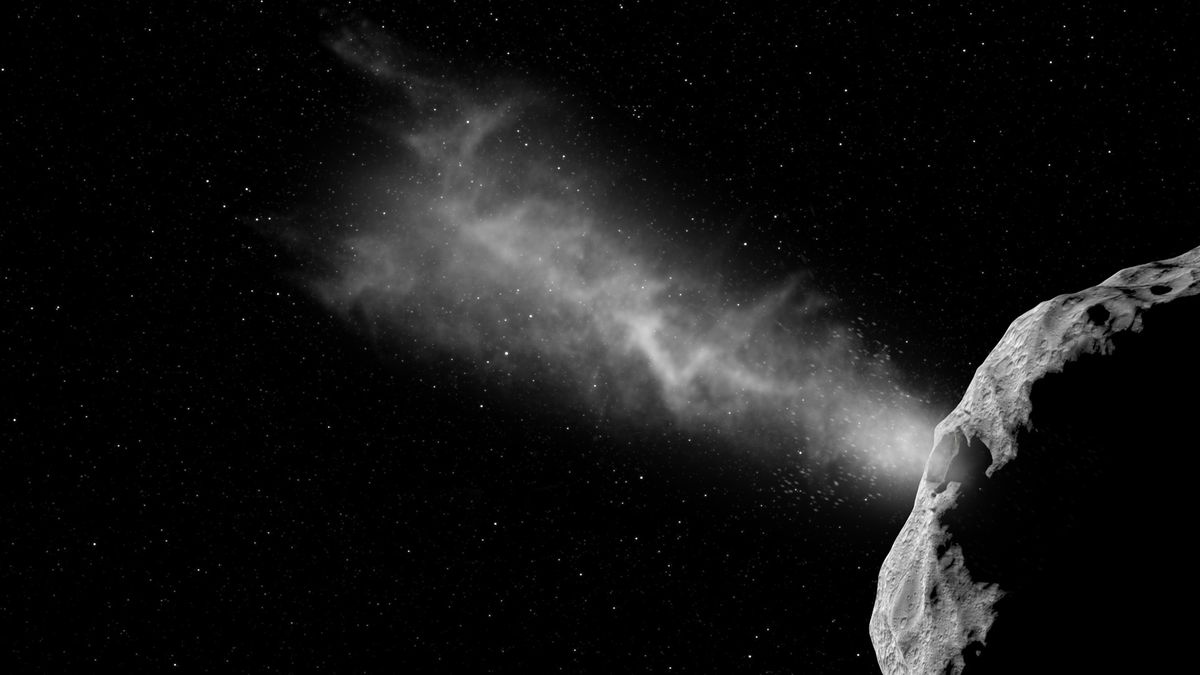
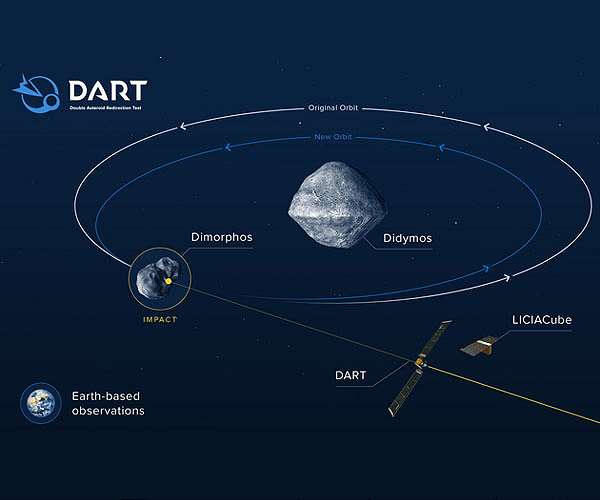




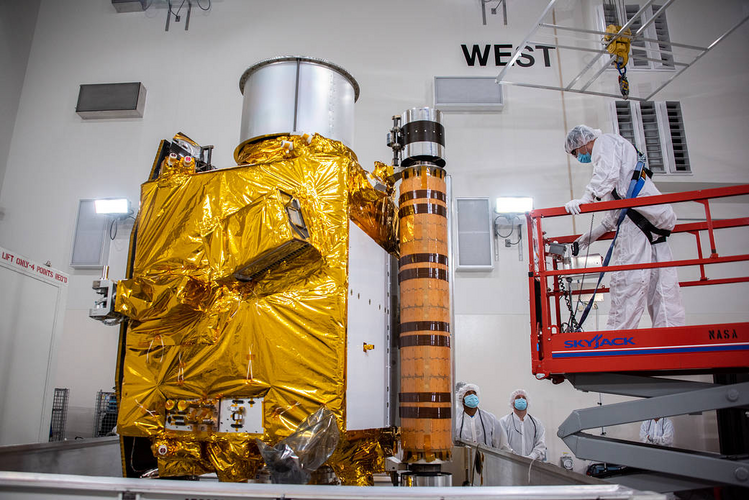
Technicians prepare to move NASA’s Double Asteroid Redirection Test (DART) spacecraft from a shipping container onto a work stand inside the Astrotech Space Operations Facility at Vandenberg Space Force Base in California in this image from Oct. 4, 2021.
DART was launched on Nov. 23, 2021, aboard a SpaceX Falcon 9 rocket from Vandenberg. The spacecraft will intentionally smash into the moonlet Didymos on Sept. 26, 2022, to see if this method of asteroid deflection—known as the kinetic impactor technique—would be a viable way to protect our planet if an asteroid on a collision course with Earth were discovered in the future.
Image Credit: USSF 30th Space Wing/Aaron Taubm
Last Updated: Sep 26, 2022
Editor: Monika Luabeya

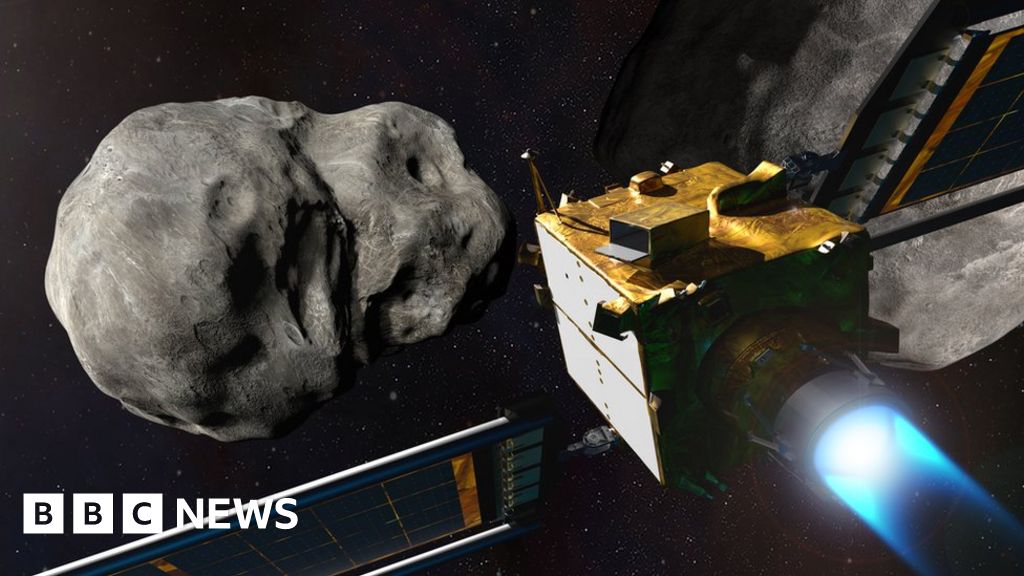
Really hoping we get some close up shots of Didymos post impact. Would love to see what sort of structure we're dealing with here.


Asteroid-smash aftermath: Why Europe is sending a probe to DART-battered Dimorphos
'We need a spacecraft detective that comes on the site and gives us the final outcome details.'www.space.com
Teamwork makes the dream work For the first time, @ESA_Webb and @HUBBLE_space have observed the same target at the same time. And it's not just any target... it's the aftermath of the #DARTMission collision with #asteroid Dimorphos!
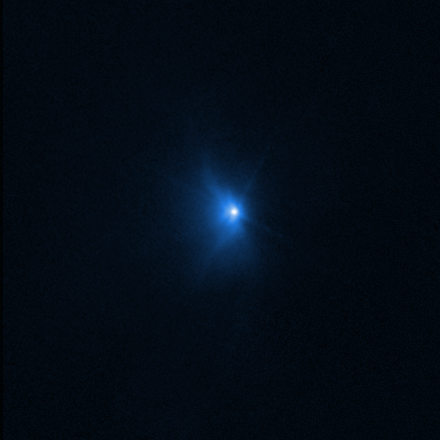
Already got you covered with ESA’s Hera mission, see video up thread.
Asteroid-smash aftermath: Why Europe is sending a probe to DART-battered Dimorphos
'We need a spacecraft detective that comes on the site and gives us the final outcome details.'www.space.com
We need a follow up probe to look at what the damage was that DART caused to Dimorphos. Let's see what becomes of the European mission, it will be interesting know how much of the surface was blown off the asteroid and also what happened to Dimorphos's orbit.
Already got you covered with ESA’s Hera mission, see video up thread.
Asteroid-smash aftermath: Why Europe is sending a probe to DART-battered Dimorphos
'We need a spacecraft detective that comes on the site and gives us the final outcome details.'www.space.com
We need a follow up probe to look at what the damage was that DART caused to Dimorphos. Let's see what becomes of the European mission, it will be interesting know how much of the surface was blown off the asteroid and also what happened to Dimorphos's orbit.

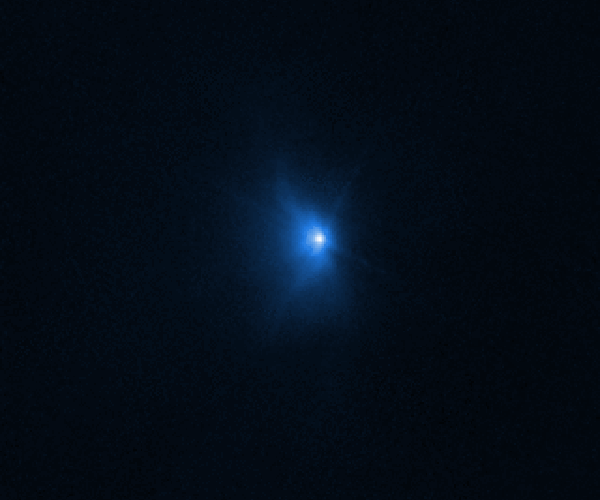

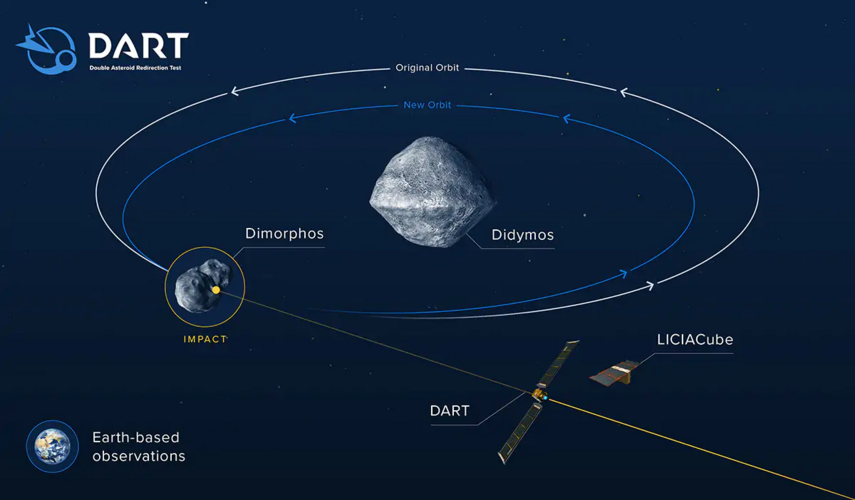
Last night, @SARA_Obs Chile: Didymos/Dimorphos dust trails. 7x5m tracked on asteroids, stars filtered. WNW trail extends to 165", projecting to ~8600 km. (0410-0500 UT 30 Sept., ~78 hours after impact, R band)
Like lunar rays
Interesting that the impact of DART created streamer’s, I wonder what could have caused them?
